Blog Posts Tagged Heat Transfer Module
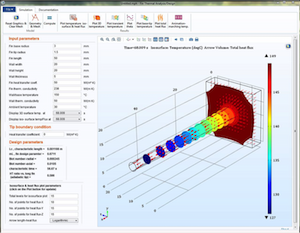
Studying Transient Heat Transfer in a Fin Design with an App
A guest blogger and author presents a simulation app that he designed to study transient heat transfer in a nonprismatic fin.
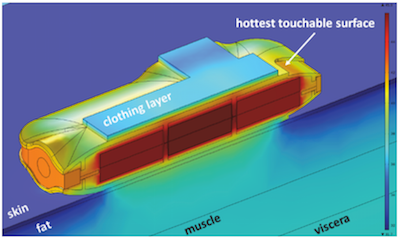
Design Safe Wearable Technology with Heat Transfer Modeling
Wearable technology is more than just fitness-tracking bracelets and smartwatches. It is important to consider heat transfer when designing wearables that are safe for consumer use.

Analyze the Spread of Epidemic Diseases with Simulation
Did you know that public health officials use mathematical modeling techniques to study the flu and other infectious diseases to predict their spread and make informed decisions?
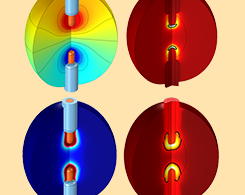
Study Radiofrequency Tissue Ablation Using Simulation
Killing cancerous cells, shrinking collagen, alleviating pain. These are just some of the medical purposes of radiofrequency tissue ablation, a procedure that relies on targeted heat.
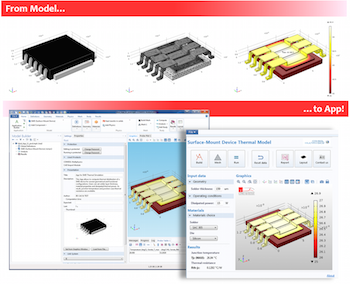
Designing Apps to Thermally Characterize Electronic Devices
A guest blogger from BE CAE & Test, a COMSOL Certified Consultant, discusses creating simulation apps to perform thermal analyses of electronic devices.
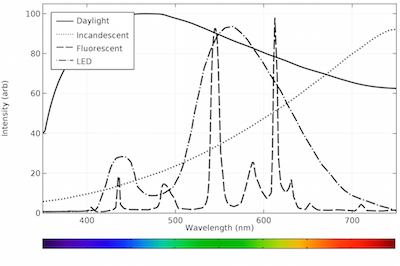
Calculating the Emission Spectra from Common Light Sources
We use COMSOL Multiphysics® to calculate the emission spectra of 4 common light sources: natural daylight, incandescent light bulbs, fluorescent light bulbs, and LED bulbs.
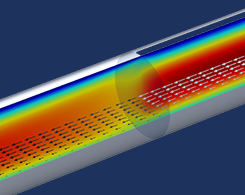
Analyze Thin Structures Using Up and Down Operators
Modeling complex geometries with thin structures can be very costly in terms of computational effort. Up and down operators are a way to efficiently and accurately compute these models.
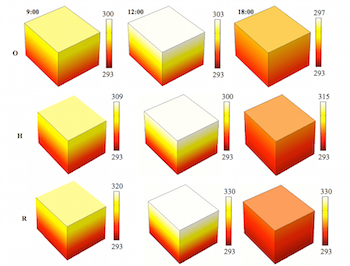
Analyze Solar Food Dryer Designs with Heat Transfer Modeling
You can use heat transfer simulation to analyze solar food dryer designs and identify optimal building materials, including phase-change materials, which conserve the solar heat.
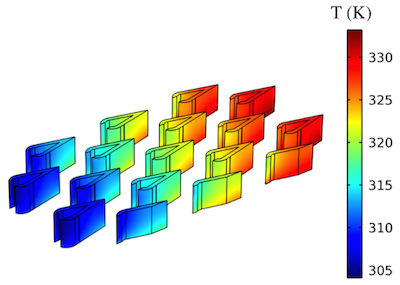
Analyzing a Novel Pin Fin Microchannel Design with Simulation
Researchers at the Rensselaer Polytechnic Institute and the University of Central Florida created a novel pin fin design and analyzed its heat transfer efficiency with COMSOL Multiphysics®.
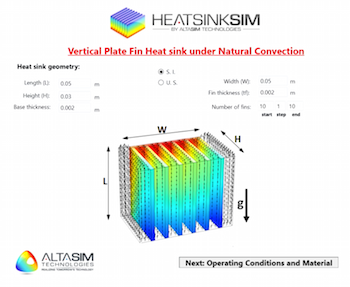
AltaSim Designs and Deploys Apps to Spread Simulation Power
At the COMSOL Conference 2015 Boston, Jeff Crompton from AltaSim Technologies spoke about building, sharing, and deploying simulation apps — and what this means for the future of simulation.
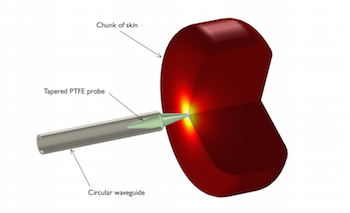
Studying a Dielectric Probe Used for Skin Cancer Diagnosis
Noninvasive tools like dielectric probes are a promising method for diagnosing skin cancer as early as possible. Learn about how simulation can be used to analyze their functionality and safety.
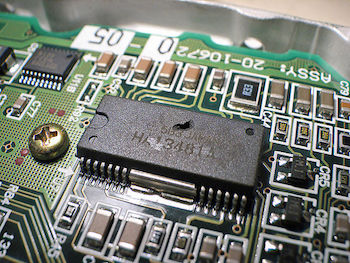
Designing a More Efficient Disk-Stack Heat Sink with Simulation
Thermal modeling is a powerful tool for analyzing the efficiency of heat sink designs. We demonstrate with a disk-stack heat sink example.

Fraunhofer ISE Simulates a Solar Heating and Cooling System
To develop adsorption-based systems that run on solar energy, natural gas, and industrial waste, researchers at Fraunhofer ISE turned to multiphysics simulation.
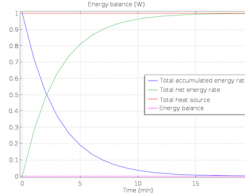
Methods for Evaluating Mass and Energy Conservation
Ever wonder how to compute the mass conservation of a fluid flow simulation, or the energy balance of a conjugate heat transfer simulation? If so, keep reading >>

Nestlé Sweetens the Candy Production Process with Simulation
Question: How does a well-known candy company ensure that each of their signature chocolate bars has the same consistency, texture, and taste? Answer: Fluid flow simulation!
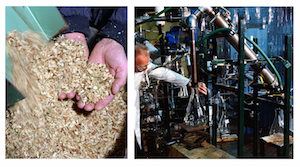
NREL Enhances Biofuel Conversion Processes with Simulation
In an attempt to make biofuel conversion more efficient and cost effective, researchers at NREL used simulation to study and optimize such processes. Get the full story >>
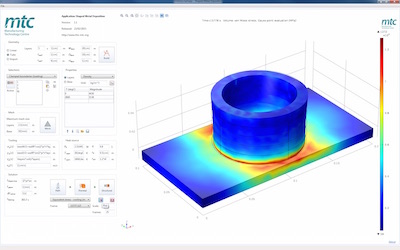
The MTC Builds a Simulation App to Optimize 3D Printing
Engineers at the Manufacturing Technology Centre built a simulation app to efficiently analyze an additive manufacturing technique known as shaped metal deposition. Read the full story…

Improving Phase Change Energy Storage: A Natural Approach
A research team used thermal modeling to advance the performance of a phase change energy storage system — an effective and efficient approach to conserving thermal energy.

Optimizing the Production Process for Solar Energy Cells
EMIX used simulation to optimize their cold crucible continuous casting process, an integral aspect of photovoltaic solar cell production. Get the full story >>
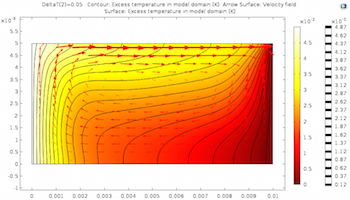
Modeling Marangoni Convection with COMSOL Multiphysics
When a surface gradient is temperature dependent, the Marangoni effect is called Marangoni convection. Learn how to analyze Marangoni convection in COMSOL Multiphysics®.
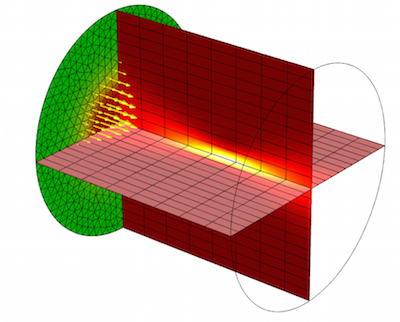
Modeling Laser-Material Interactions in COMSOL Multiphysics
When it comes to modeling laser-material interactions and heating, different modeling techniques are appropriate for different problems. We go over a few examples here >>
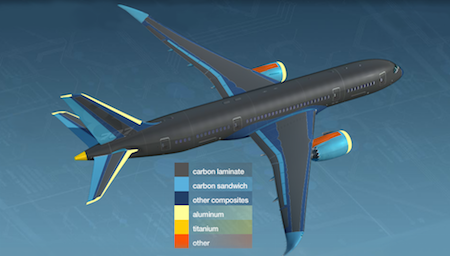
Protecting Aircraft Composites from Lightning Strike Damage
Some aircraft have a protective coating to mitigate damage from lightning strikes. Boeing used multiphysics simulation to evaluate thermal stress and displacement in this layer.
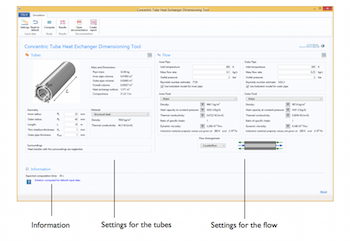
App: Studying a Concentric Tube Heat Exchanger’s Dimensions
The Concentric Tube Heat Exchanger Dimensioning Tool demo app is an example of what is possible when you build a simplified version of a model and share it throughout your organization.
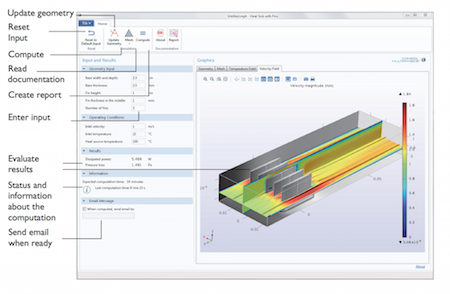
Optimizing Heat Sink Designs with a Simulation App
The Heat Sink with Fins demo app is here to get you started with designing your own heat sink design app. Take a look at the design scenario, app, and underlying model here.
